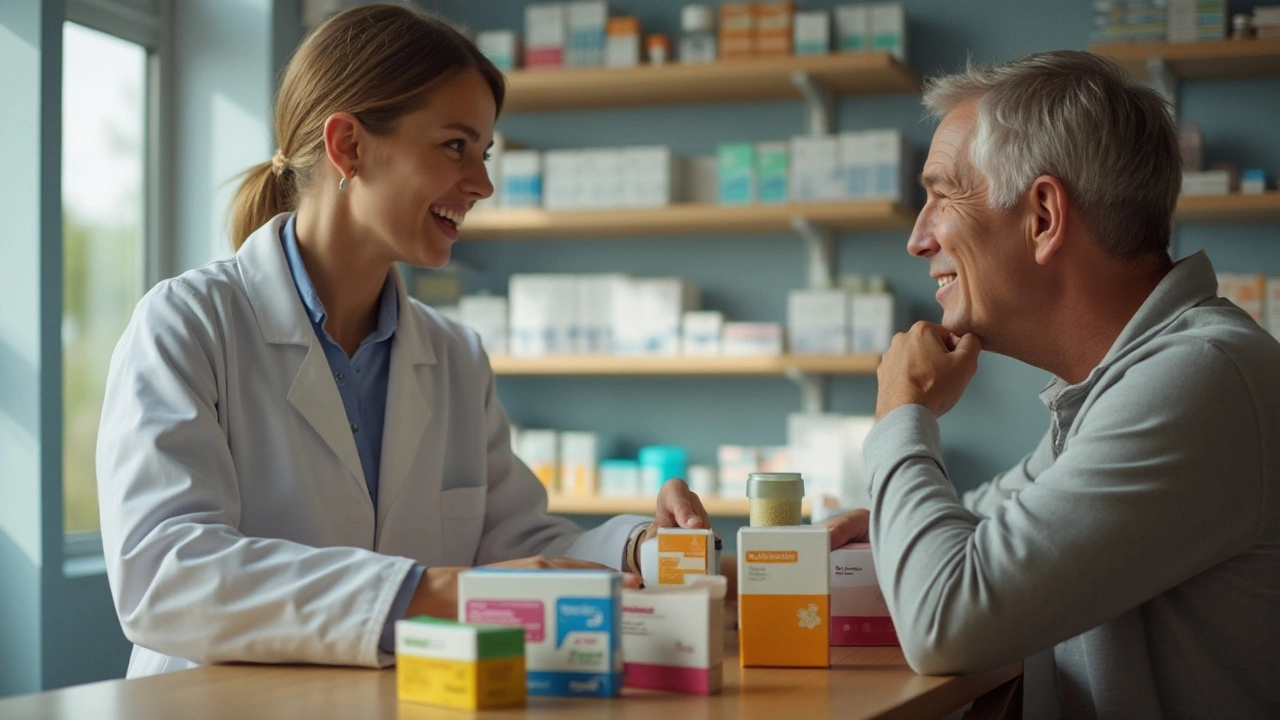Bacterial Infection Treatment – What Works and When to Act
Got a nasty bacterial infection? You don’t have to panic. Most of the time, the right antibiotic plus good self‑care can get you back on your feet fast. Below are the steps most doctors recommend, plus some practical home tips that actually help.
Common Antibiotics and How to Use Them
Antibiotics are the cornerstone of bacterial infection treatment. The doctor will pick one based on where the infection is and what germs are likely involved. Common choices include amoxicillin for ear or throat infections, ciprofloxacin for skin wounds, and doxycycline for respiratory bugs.
Take every dose exactly as prescribed – don’t stop early just because you feel better. Skipping doses lets bacteria survive and become resistant, which makes future infections harder to treat. If you miss a pill, take it as soon as you remember unless the next dose is due; then skip the missed one.
Watch for side effects like stomach upset or rash. Most are mild, but if you notice severe diarrhea, fever, or trouble breathing, call your doctor right away. Some antibiotics need food, others work best on an empty stomach – read the label and follow the instructions.
Home Care Tips to Speed Recovery
While antibiotics do the heavy lifting, simple home habits can cut recovery time. Stay hydrated: water helps flush bacteria out and keeps mucus thin. Aim for at least eight glasses a day, or more if you’re sweating from fever.
Rest is non‑negotiable. Your body uses energy to fight infection, so give it the chance to focus on healing. Even short naps add up; try to keep activity low until symptoms improve.
Eat easy‑to‑digest foods like broth, oatmeal, and bananas. These provide nutrients without taxing your stomach, especially if antibiotics cause nausea. Probiotic‑rich foods such as yogurt can help restore good gut bacteria that antibiotics may wipe out.
Keep the infected area clean. For skin infections, wash gently with mild soap and apply any prescribed ointment. Change dressings daily and avoid squeezing boils – pressure spreads germs deeper.
If you have a fever over 101°F (38.3°C) that lasts more than three days, or if swelling worsens, seek medical attention. These signs may mean the infection isn’t responding to treatment and needs a different approach.
Finally, finish the full prescription even after symptoms disappear. This ensures all bacteria are eradicated and reduces the chance of relapse.
Remember, antibiotics only work on bacterial infections, not viruses like colds or flu. If you’re unsure whether your illness is bacterial, a quick doctor visit can save you from unnecessary pills.
By combining the right medication with solid self‑care, most bacterial infections clear up within a week to ten days. Stay observant, follow the plan, and you’ll be back to normal sooner than you think.
Explore eight effective alternatives to Augmentin for treating bacterial infections in 2024. This guide covers the pros and cons of each option, offering insights into antibiotics like Doxycycline, Clindamycin, and Amoxicillin. Whether you're looking for a medication suitable for skin infections, respiratory issues, or complex bacterial infections, find an option that aligns with your health needs. Learn about oral and intravenous forms, potential side effects, and contraindications for various antibiotics. Make informed choices about your health and treatment with this comprehensive overview.

